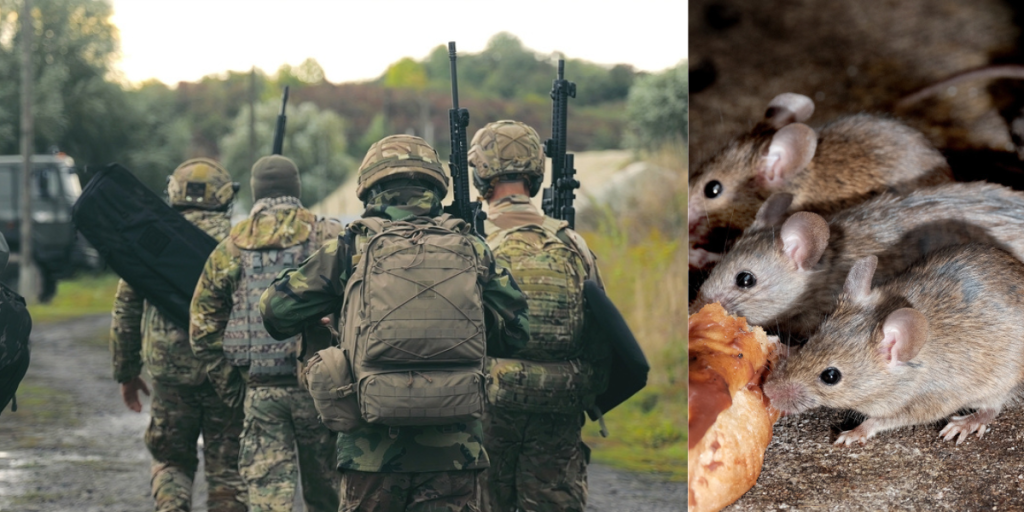Why soldiers are turning to cats to protect military gear
Others are reading now
Why soldiers are turning to cats to protect military gear
A surprising battlefield threat: mice
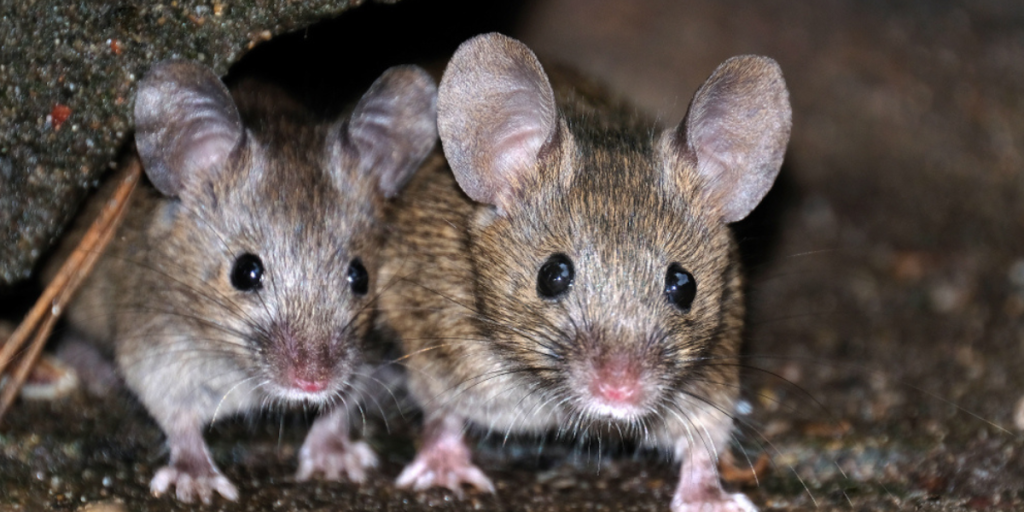
In the high-tech world of modern warfare, one of the most frustrating enemies for both Russian and Ukrainian troops isn’t just drones or artillery — it’s mice.
On the front lines, where communication is critical, rodents have emerged as a persistent and damaging threat, chewing through cables and equipment, and complicating military operations on both sides.
Trench rodents are nothing new
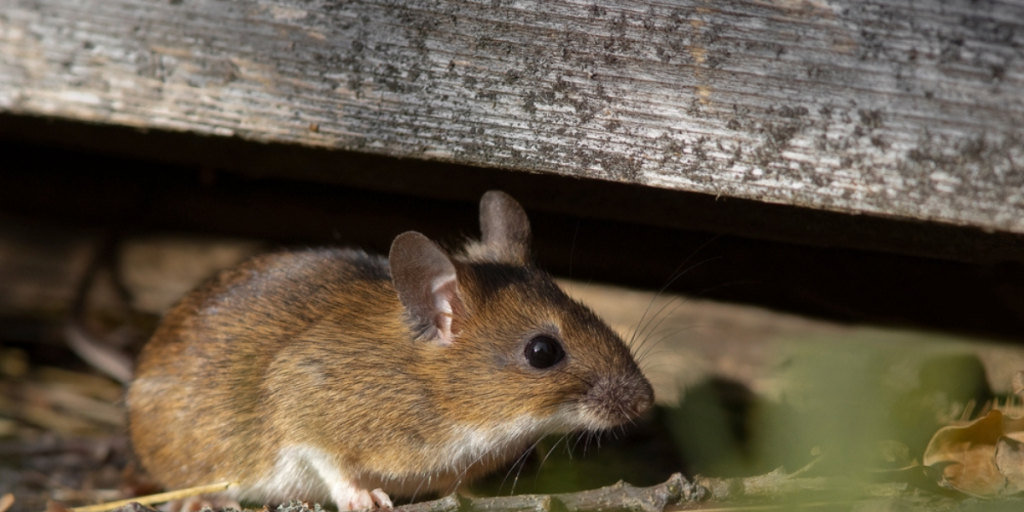
Mice have long plagued soldiers in trench warfare. As WPtech reports, their presence has been a problem since World War I and II.
Now, over a century later, they’re back — and as destructive as ever. A video shared on Telegram shows a soldier holding up chewed-through communication cables, cursing the damage caused by the tiny invaders.
Also read
Modern communications vulnerable to primitive pests
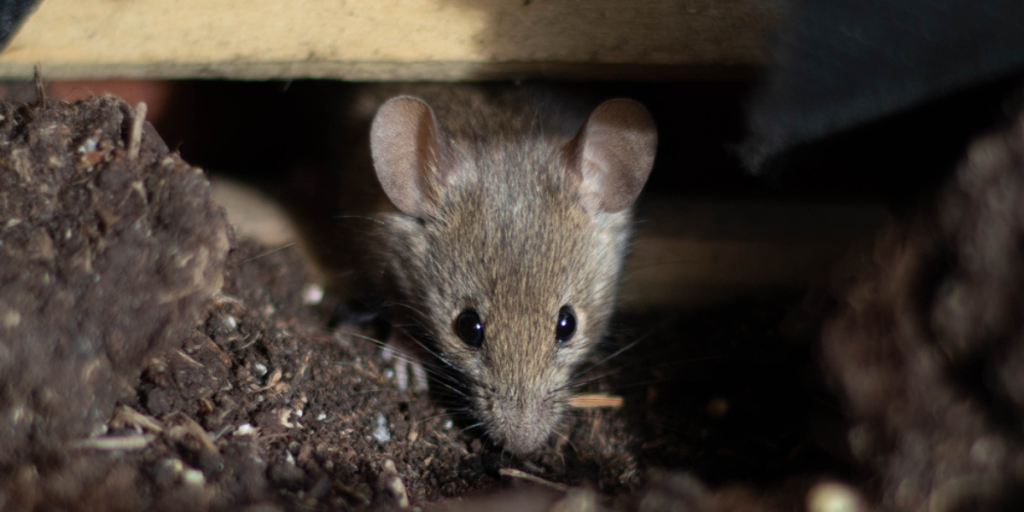
With radio jamming widespread across the battlefield, many troops have reverted to wired communications to stay connected. These cables, while less vulnerable to jamming, are easy prey for rodents, who chew through them and paralyze military communications.
What’s worse, they often damage expensive equipment, including gear made with eco-friendly materials like corn fiber insulation, according to WPtech.
Both sides rely on makeshift communication networks
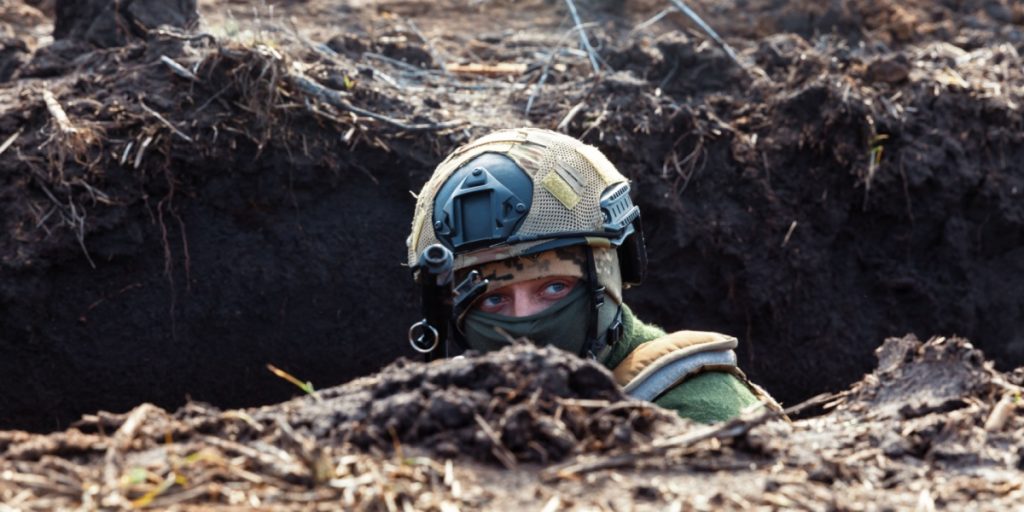
To maintain connectivity in the face of jamming and political uncertainty, both Russian and Ukrainian forces have created improvised communication systems, WPtech explains.
These systems often use fiber-optic networks, along with routers, LTE modems, and access points. While effective, they rely heavily on exposed wiring — the perfect target for rodents in the trenches.
Starlink isn’t a guaranteed solution

In theory, Starlink terminals provide an ideal workaround, forming the backbone of makeshift C4I systems (Command, Control, Communication, Computing, and Intelligence).
Also read
But in practice, there are issues. As WPtech notes, Elon Musk’s shifting policies and the uncertainty of U.S. political support have made reliance on Starlink a risk, especially for Ukrainian forces.
Jam-resistant but not rat-proof
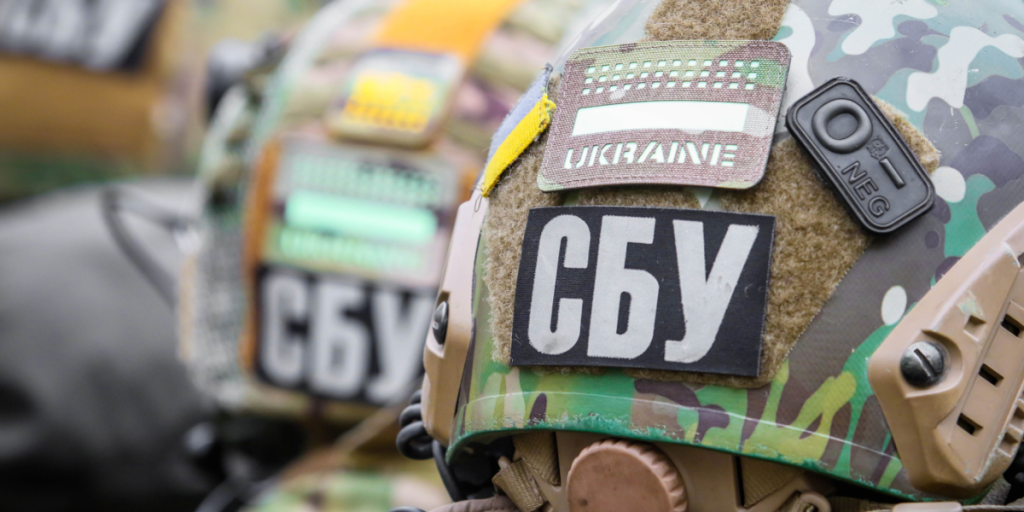
Wired systems have the advantage of being resistant to electronic jamming, but they come with their own flaws.
As WPtech reports, these setups are unsuitable for airborne operations and are incredibly vulnerable to animal interference, particularly in rugged field environments where maintenance is difficult and cable runs are exposed.
Trench cats: a timeless solution
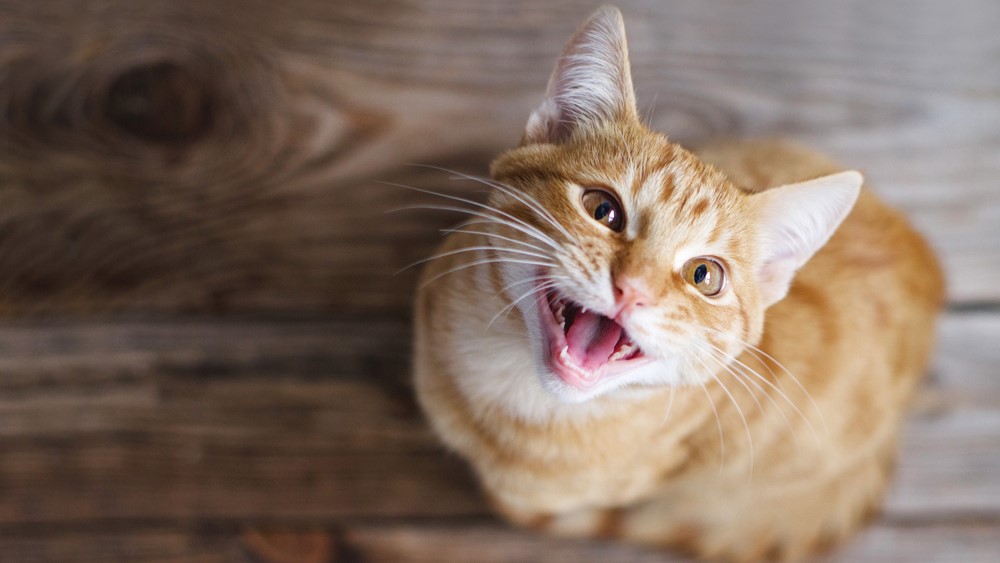
To combat the rodent problem, soldiers have turned to a classic method: cats. Just like in wars of the past, trench cats are once again a familiar sight on the front lines.
Their presence is both practical and symbolic — a low-tech answer to a surprisingly costly and persistent problem in modern warfare.
Also read
In a high-tech war, low-tech problems persist

Despite the advanced tools and networks deployed across the Ukraine conflict, some of the challenges remain shockingly old-fashioned.
Mice, chewing through wires, serve as a reminder that even in a 21st-century warzone, simple, age-old problems can undermine sophisticated systems — and sometimes, the only fix is a cat in the trenches.

